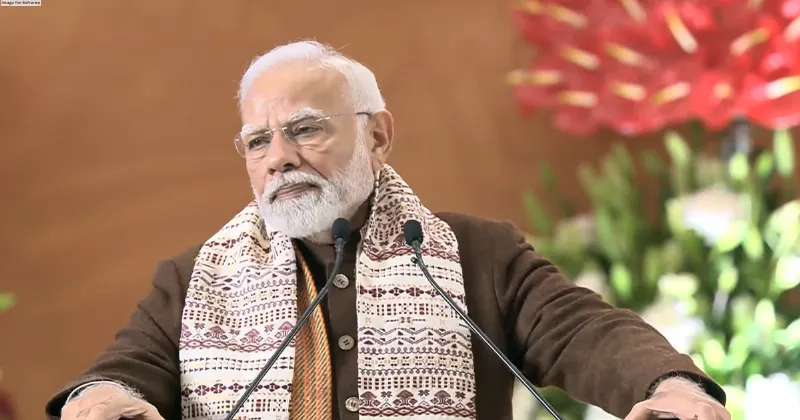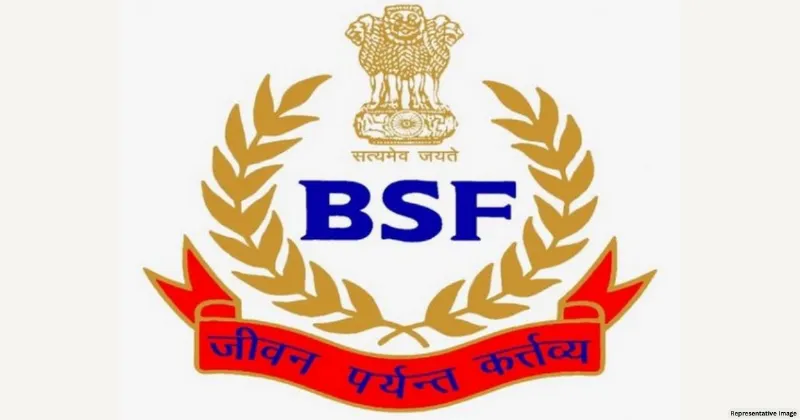Latest News
PERSPECTIVE OF BUILDING WOMEN'S IMAGE

Naari who is also called a ‘Wonder Woman’ nowadays, was highly regarded with dignity and grace in ancient times in our Vedas, Puranas and other epics written in Indian culture. Though a woman’s image has changed a lot from the Veda period till Kalyuga, the era of social media, and the cyber world, still she is a subject of discourse, hereafter, ideas are being conceived and aborted in the race of modernity; ethics are being cut and designed like modern outfits; societal norms are being doubted and effected between rise and fall; identity is being driven and misplaced amid right and duty; and re-inspection is being done with further discourse again on a woman. Now while doing the re-inspection, there are questions that arise in my mind. Does this cyber world and social media culture assist in equipping a woman to fill her inner self with vigour and audacity and emancipating her further or tarnishing the prior built-up ‘Goddess’ or ‘Devi’ image of her?
The status of women in the early times of Ramayana, Mahabharata, along with Vedas and Puranas, the Indian Epic Literature showcased women on a higher pedestal but later the image was degraded and social strata with censures and patriarchal mindset aided in differentiation and discrimination being biased in treatment towards women for own benefits. Men took the dominant role making women only slaves for fulfilling domestic responsibilities and treating them as inferior and machines to give birth to children. However, it was believed in shastras that ‘here women are worshipped, there live the Gods, wherever they are not worshipped, all actions result in failure (Manusmriti 3/56), yet their condition deteriorated. If we look at newspapers, magazines, TV channels and other print or online media platforms, women of today are bold, ferocious, self-resilient, liberated, emancipated, authoritative and influential. Though they are handling the home and professional front both excellently yet treatment as a sex object is not yet abridged. They are still treated as mere bodies and some contemporary well-regarded female authors such as Meghna Pant in her book 'Boys Don’t Cry' and Meena Kandasamy in 'When I Hit You' voiced against domestic violence and worst treatment like animals towards women being brutal and savage.
Today’s woman in the lexis and expressions of media is a saviour and destroyer both; it’s up to the society and men living in it how it could be preceded with. Within her, she has the power to construct, foster and alter and moreover if Durga or Kaali inside is awakened, she can kill the demon and has the guts to win her own battles. She is no more the woman of ancient times covering herself in the veil or limiting herself to the four-walled peripheries of being submissive. She knows how to fight for her rights and utilize her energy utmost.
On one side, the media projects woman as an object of entertainment and on the other hand, it criticizes the act itself. Like on the railway station of Patna, Bihar, porn was shown and people relished it utmost local media displayed it everywhere still women have to take all the blames and their images are being tarnished and more restrictions are to be imposed.
Hence journalism was men’s territory earlier based on their chauvinistic thought process, women's image conveyed by media has still not been fully improvised and men even after doing crime are portrayed as heroes and women as the cause of the act.
Current journalistic culture needs to change the course of action hence it’s still far behind the way it is expected to contribute and alter the pre-prevailing male-dominating approach of looking at women as entertainment stuff to put forward in front of the readers and spectators hence it creates a lasting impact on brains of youth of the nation not to have regard for women and girls, leading further towards more cybercrimes and day-today insecurities and loopholes in societies. In the era of netizens, where TikTok videos, reels, Insta-Facebook stories, and Twitter should assist in creating a positive identity, it’s bringing criticism and more trolls at times. The stereotype and sexist image of women has to be overlooked focusing on and promoting her other virtues and skills and the wonders she does or can do as an entrepreneur, writer, doctor, player, teacher, homemaker, politician or actress etc. serving the family and the society. So, the image has to be constructive, not destructive and the media has to doubly crosscheck that, henceforth it will add to the perception of the world to see women grow optimistically.
There should be some brainstorming and image-building taglines or punchlines. More serious problems and earthly issues should be presented so that domestic violence, rape, eve-teasing, pornography, sexual harassment, and other cybercrimes related to women can be lessened. In a way, women in any society or nation play a vital role in holistic growth, therefore they have to be secured and their growth has to be taken care of well. And media can play an important role in awakening social change.
Sensitizing the cases of victims, making it sensational news if any sex racket is disclosed, for more likes, comments and fan following is a trendy thing for local journalists and even for reputed news channels for TRPs though it’s morally and legally unfair to do. Whether it’s a brutal rape case of a child, teenage or college going girl or an old lady or the horrid murders and shameful crimes, the media need not spice up the news differently and should be more sensible in handling such grave issues.
Although media is simultaneously addressing drives related to empowerment and equality, yet supposed to be more responsible and sensible in handling solemn subjects without diminishing the image of women and more focus should be on coverage of areas of achievements and global recognition, additionally, ensuring health and quality education. The participation and involvement of women as decisionmakers and policymakers in journalism should be a step to improvise, deal with and censor information to put forward and should be given serious positions and roles in communication technologies and media networks to strengthen the image of women and to make media policies better in handling issues related to women.






















